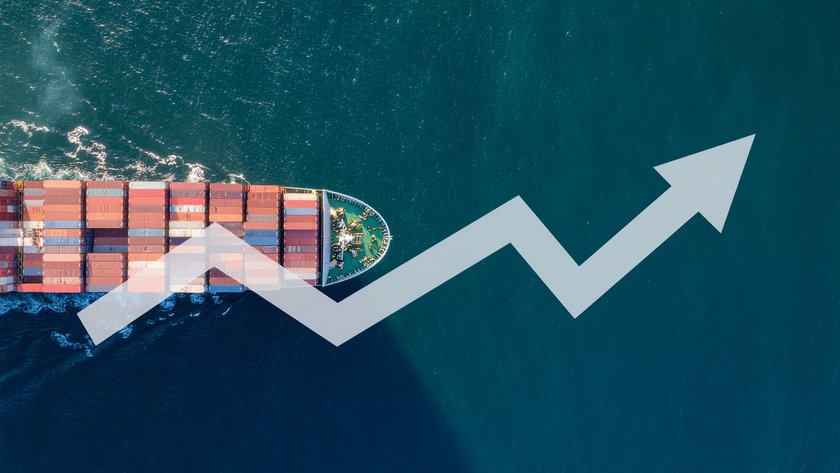In a world shaped by geopolitical shocks, regulatory pressures, and evolving fuel strategies, the maritime industry remains a cornerstone of global logistics. The ICS Maritime Barometer Report 2024–2025 offers a broad look at the key challenges facing the shipping industry today and how they impact the entire supply chain.
Geopolitics at the Helm
Political instability has once again emerged as the top concern among maritime executives. With over 70 national elections taking place in 2024 and trade tensions increasing, uncertainty is running high across the shipping industry. Risks like cyberattacks, increasing administrative complexity, and trade barriers are top of mind. Confidence in the industry's ability to manage these threats has declined, showing signs of strain.
Shifting trade routes, stricter insurance policies for high-risk areas, and changing tariff policies, especially from the United States, are creating ripple effects. For logistics professionals, these developments translate into longer lead times, rerouting decisions, and volatile freight costs are becoming more common in day-to-day operations.
Greener Goals, Slower Steps
While decarbonization remains a central ambition, the pace of progress is slow. LNG, scrubber-fitted HFO, and biofuels still dominate the conversation, while enthusiasm for near-zero or zero-emission fuels like methanol and ammonia appears to be fading.
The biggest challenge is no longer port infrastructure – it’s the limited availability of clean fuels. Public funding is seen as unreliable, and confidence in government support has dropped to its lowest point in four years. Without sufficient incentives or clear roadmaps, many companies are holding back on long-term green investments. For the wider logistics industry, this delay means cleaner transport options will remain limited and costly for the foreseeable future.
Digital Risks and Real Disruptions
Digitalization continues to improve efficiency – but also introduces new threats. Cyberattacks have become the second most pressing concern for maritime companies, driven by rising incidents of GPS jamming, ransomware and other digital threats.
Although confidence in managing these risks has increased, there remains a worrying knowledge gap. Many shipowners still lack a clear understanding of what true cyber resilience entrails. For those working in logistics, this raises concerns: dependencies on live tracking, automated updates, and port-side integration may be more fragile than they appear. Ensuring digital resilience across the supply chain is fast becoming a shared responsibility.
Too Much Paper, Too Little Clarity
An expanding patchwork of environmental and safety regulations has increased administrative pressure on the maritime sector. New compliance requirements such as EU emissions reporting and ESG disclosures are creating paperwork overload on shipowners, while delays, inconsistencies, and regional variations in implementation are raising frustration levels across the board.
This affects everyone involved in logistics. Slow documentation, inconsistent customs clearance, and vague compliance procedures can delay shipments and create bottlenecks. Navigating the regulatory environment is now just as important as route planning or carrier selection.
The ICS Maritime Barometer shows that the challenges facing shipping are also affecting the whole supply chain. As shipping and logistics become more connected, staying informed about these trends is key to keeping operations smooth and prepared for what’s ahead.







